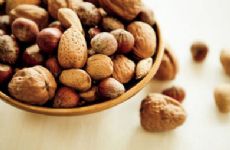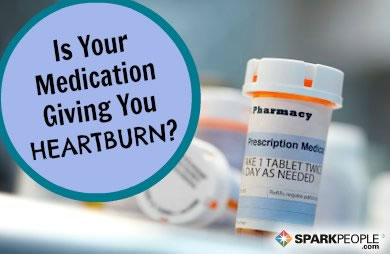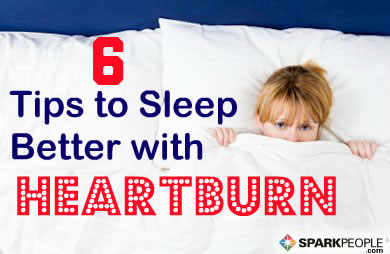|
I’ll admit it up front: I am a snacker. In fact, I have a snack twice a day. My body screams for food around three p.m. every day, even though I make a point to eat breakfast and lunch. If I ignore the hunger, I end up grabbing and devouring handfuls of chips or cookies as soon as I get home around five p.m. Therefore, I plan ahead and have a non-perishable snack stashed in my desk drawer at all times, usually homemade trail mix. My second snack attack hits in the evening, and is not related to true belly hunger at all. In the evening, I want to eat food for comfort. You know what I’m talking about. At the end of a long day, all I seem to want is chocolate ice cream along with my favorite TV show, book or magazine. There is nothing inherently wrong with snacking. In fact, snacking can help with weight loss by warding off afternoon and evening binge eating. However, the snack should be factored into your total calorie intake for the day, and should contain about 150 calories. A balanced snack should have about 15-30 grams of carbohydrates and three to five grams of protein. Unfortunately, this type of healthy snacking is NOT happening in America, for children or adults. While I know you are probably not really surprised by this statement, you may be surprised at the numbers.
Where to Begin? If you, your child or another loved one is trying to get a handle on uncontrolled snacking, it all comes back to daily food tracking. With this type of journaling, you can easily pinpoint where and when you're consuming nutrient-poor foods, as well as the factors surrounding the snack attack. How often are you snacking? How many calories are in your snack? Are you meeting any nutritional needs from your snack? Are you reaching for the snack because of true hunger or for emotional reasons? The key is to find healthy, balanced snack options that have maximum nutrients for around 150 calories. As I mentioned earlier, I am truly hungry in the afternoons and have found a great solution to tide me over until dinner. My secret trail mix snack-pack contains about 160 calories, 25 grams of carbs, and about four grams of protein. It's a perfect mix of a high fiber cereal, nuts, and dried fruit. Here is the recipe: Becky’s Trail Mix 2 cups high-fiber cereal, such as Wheat Chex 2 cups mini-pretzels or whole grain Goldfish crackers 1/2 cup raisins or dried fruit 1/2 cup unsalted mixed nuts 1/4 cup of M&M candies Blend all ingredients in a bowl and divide into 2/3-cup portions. Place mix into zip-top plastic snack bags. Makes eight servings. My evening snack of chocolate ice cream (1/2 cup) contains 150 calories, 15 grams of carbs, two grams of protein, and lots of sugar and fat. This snack is definitely less than perfect! However, it is still a far cry from the 624 nutrient-poor snack calories consumed by most adult women as listed in the report above. As I always say, it is most important to look at the quality of your total diet, not just one food. In the correct portion, a high-calorie, nutrient-lacking food can still fit into a healthy eating plan. However, adult men and women do not have room in their diet for 600-900 calories from junky snacks. Is it time to evaluate your snacking habits? What about the habits of your children? Is a snacking intervention in order? What are your favorite healthy snacks? |
Popular EntriesMore From SparkPeople
|






.jpg)


.jpg)

.jpg)





.png)



